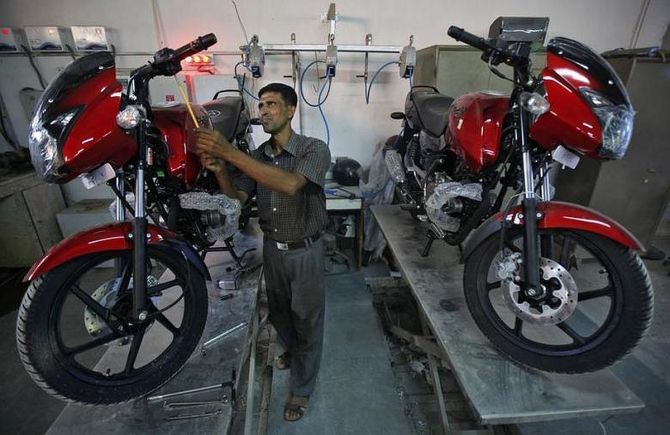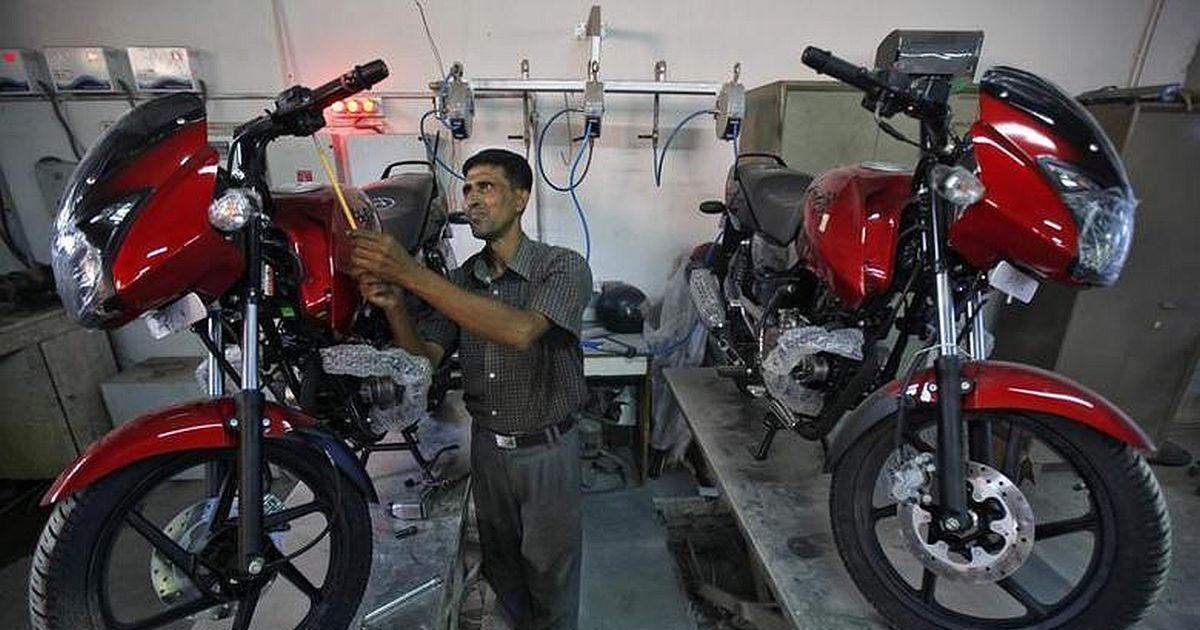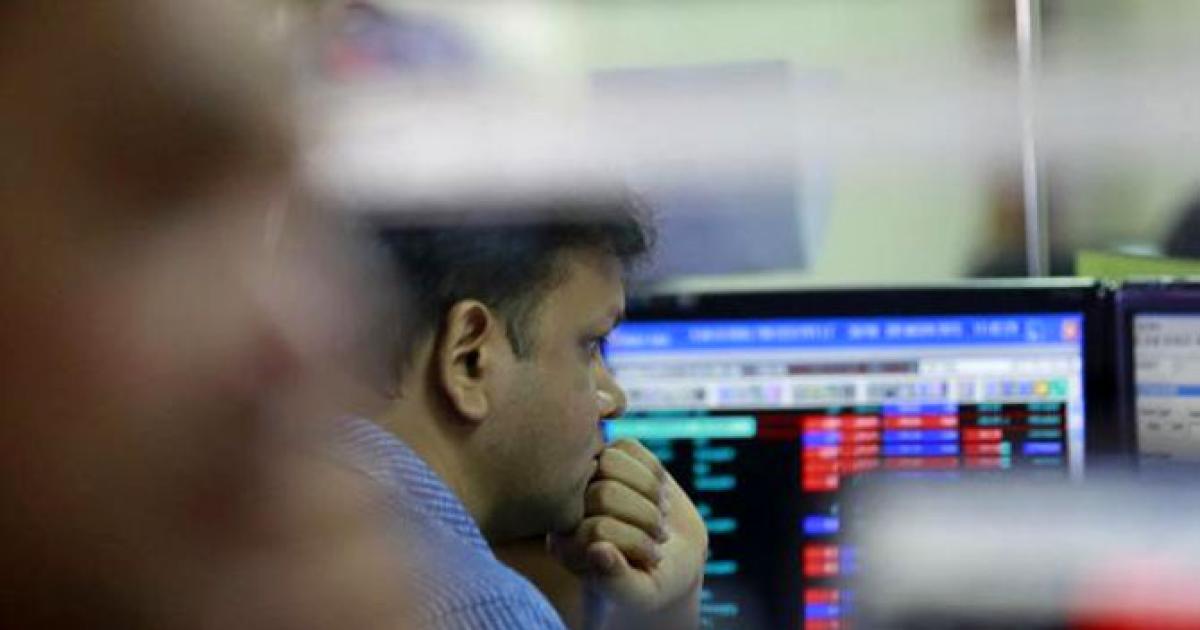Pune-based two-wheeler major Bajaj Auto posted its highest ever quarterly revenue and profit after tax (PAT) in Q2FY26.

Photograph: Rupak De Chowdhuri/Reuters
Even as consolidated revenues were up 18.8 per cent year-on-year (Y-o-Y) to Rs 15,734.7 crore, PAT zoomed 53.2 per cent to Rs 2,122 crore.
Bajaj Auto’s stock was flat on the BSE on Friday.
Propelled by a richer mix of vehicles and best ever spares sales, along with strong export momentum, the earnings before interest, taxes, depreciation and amortisation (Ebitda) surpassed the Rs 3,000-crore milestone for the first time with margin stepping up to 20.5 per cent.
Favourable currency realisation and operating leverage more than offset the net cost inflation.
The margin expanded by more than 70 basis points (bps) quarter-on-quarter (Q-o-Q).
Rakesh Sharma, executive director, Bajaj Auto, told reporters after the results that September was a bit of a ‘topsy-turvy’ month with sales nose diving after the GST 2.0 announcement, and then picking up post September 22.
He admitted that for most of the quarter, it had supply constraints — about 15 per cent for e-3 wheelers and 50 per cent for Chetak — led by rare-earth magnet supply issues.
“By the end of September, we were resolving it, and supply started to flow,” he added.
Around 20 per cent of Bajaj’s domestic revenues now come from the electric business, and it has got into double-digit profitability.
Domestic business delivered record revenue as premium bikes did well. While the peak festival momentum is unlikely to sustain, there has been a qualitative improvement rather than simple broadening of the market.
This is post GST cuts which have primarily strengthened the top-end variants.
This means that in every segment, from 100cc up to 250cc, the top-end and better-equipped variants are outperforming the rest of their categories.
This provides a combined benefit of increased sales volume and higher-value transactions.
Overall, exports revenue was up 35 per cent, led by double-digit growth in Africa.
Commercial vehicles were driven by the electric portfolio, which grew 1.5-times Y-o-Y; the quarter marked the foray into the large e-rickshaw market with the launch of ‘Riki’, starting in four cities.
Despite supply disruptions, Chetak regained leadership in October as Bajaj Auto took swift alternative measures in unlocking availability of magnets.
KTM turnaround plans afoot
Meanwhile, KTM and Triumph bikes had their biggest ever quarter with domestic retail and exports combined doing over 60,000 bikes, up 70 per cent Y-o-Y.
Sharma also told reporters that it made an application for taking majority control over KTM.
Of the nine approvals needed from various commissions in Europe, eight have already been secured.
By mid-November, the ninth approval is expected to be in, which is when he expects the turnaround process to start actively.
Meanwhile, Bajaj exports to KTM are also improving as its sales continue to improve.
Bajaj exported close to 20,000 units to KTM in Q2, and KTM accounts for 5-6 per cent of its total exports annually.
It had slipped to 1 per cent (of total exports), and now it’s climbing back.
Bajaj is focusing on a cost-management strategy for KTM’s manufacturing operations in Europe, emphasising the need for cost reduction without compromising on quality.
A plan to manufacture more KTM models in India is certainly ‘on the table’ and will be evaluated, Sharma said.




